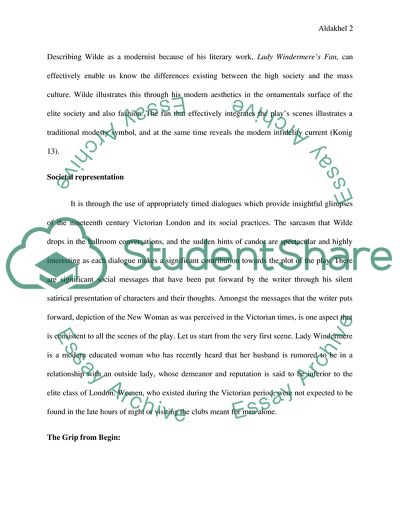Cite this document
(Gender Roles in Wildes Lady Windermeres Fan Essay, n.d.)
Gender Roles in Wildes Lady Windermeres Fan Essay. Retrieved from https://studentshare.org/literature/1834516-poetry-final-paper
Gender Roles in Wildes Lady Windermeres Fan Essay. Retrieved from https://studentshare.org/literature/1834516-poetry-final-paper
(Gender Roles in Wildes Lady Windermeres Fan Essay)
Gender Roles in Wildes Lady Windermeres Fan Essay. https://studentshare.org/literature/1834516-poetry-final-paper.
Gender Roles in Wildes Lady Windermeres Fan Essay. https://studentshare.org/literature/1834516-poetry-final-paper.
“Gender Roles in Wildes Lady Windermeres Fan Essay”. https://studentshare.org/literature/1834516-poetry-final-paper.


